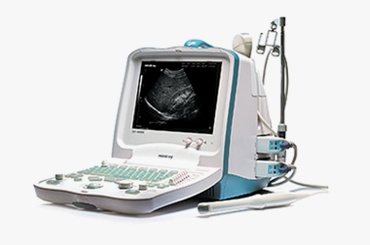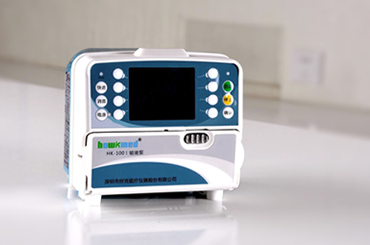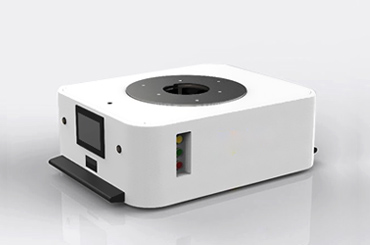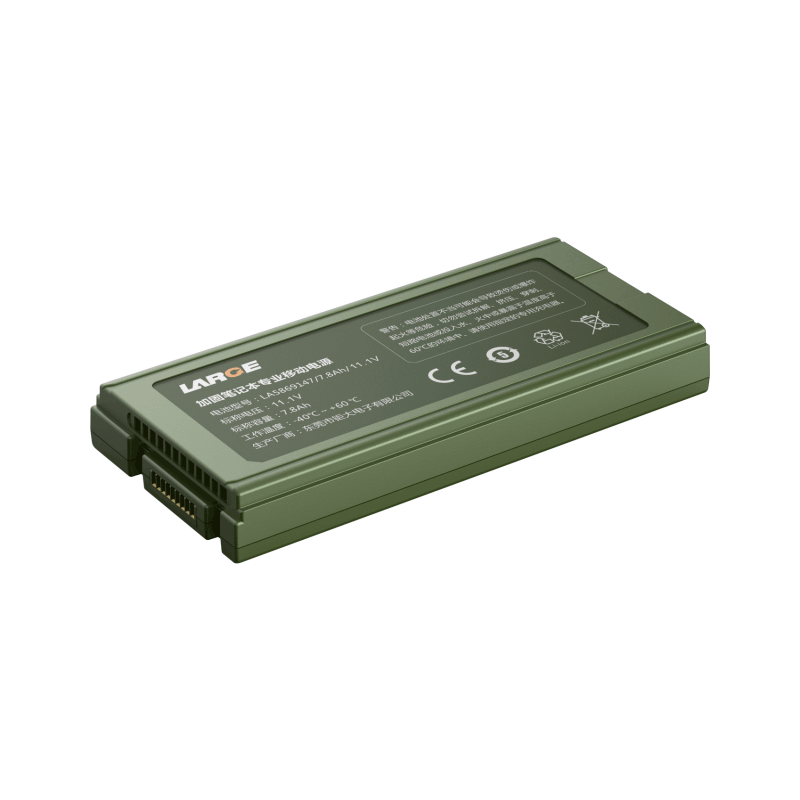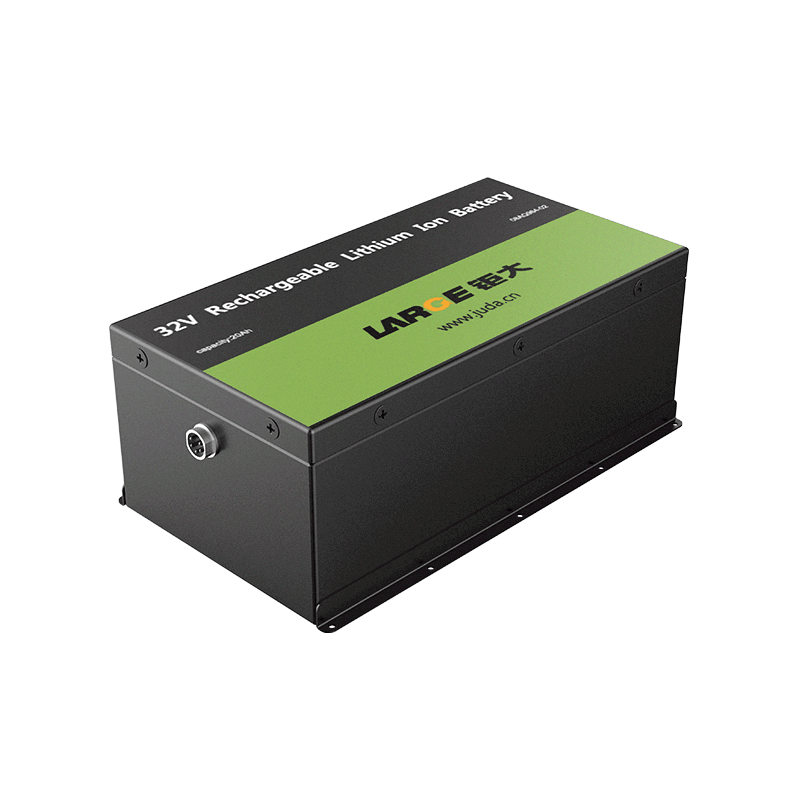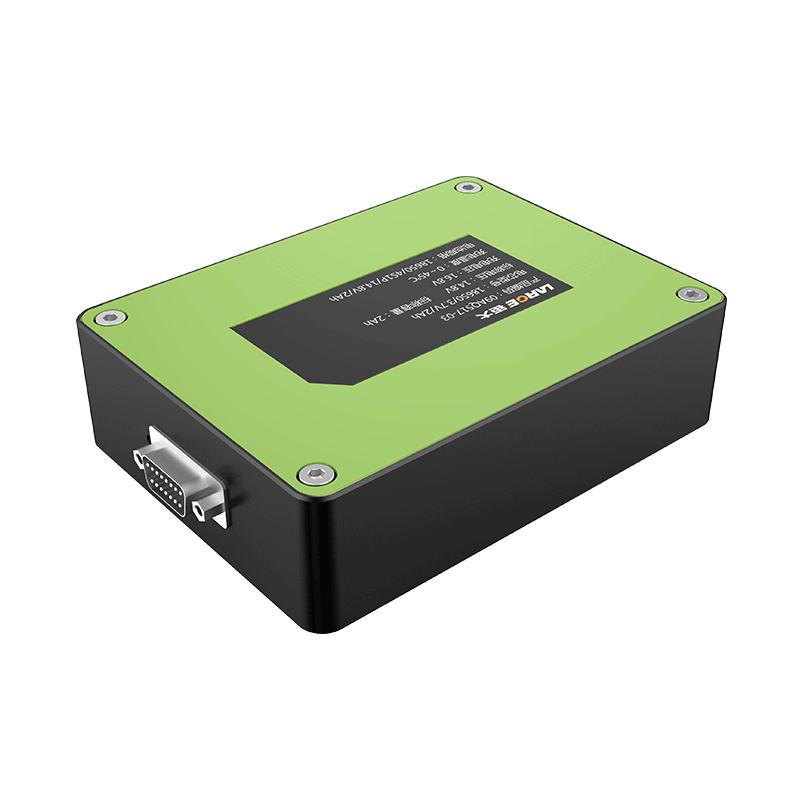-
Key Takeaways
-
Part 1: What Is Safety Reinforced Layers (SRL)?+
- 1.1 Overview of Safety Reinforced Layers
- 1.2 Core Interpretations of Safety Reinforced Layers
-
Part 2: Core Layers of SRL in Lithium Batteries+
- 2.1 Material and Structural Layer
- 2.2 Real-Time Monitoring and Control Layer
- 2.3 Fault Isolation and Suppression Layer
- 2.4 Software and Cybersecurity Layer
- 2.5 Lifecycle Management Layer
-
Part 3: Real-World Applications and Effectiveness of SRLs+
- 3.1 Testing and Validation of SRLs in Battery Systems
- 3.2 Industry Adoption of Safety Reinforcement Layers
-
FAQ+
- 1. How do Safety Reinforced Layers (SRLs) improve lithium battery safety?
- 2. Are SRLs compatible with all lithium battery chemistries?
- 3. Can SRLs affect the performance of lithium batteries?
How Safety Reinforced Layers Improve Lithium Battery Safety
May 16, 2025 Pageview:1581
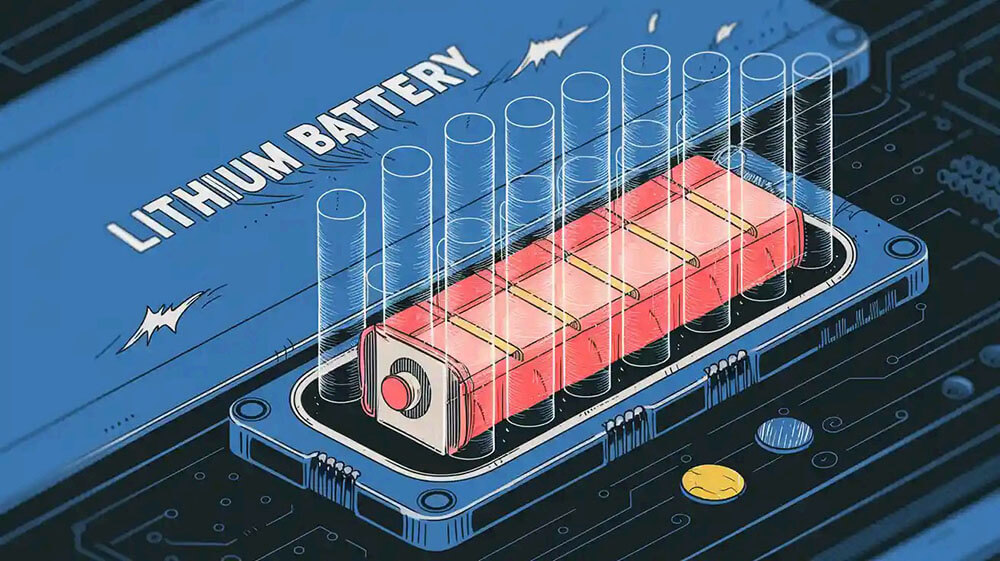
Safety Reinforced Layers (SRL) about lithium battery are innovative protective barriers engineered to significantly improve the safety of lithium batteries. These advanced layers are designed to effectively mitigate the risks of thermal runaway, a major concern that can lead to battery overheating and potential explosions. By incorporating SRLs with only a 0.05% addition to the cathode's weight, they preserve power and energy densities while reducing explosion risks by 50%. This cutting-edge solution ensures safer and more dependable battery systems, making them ideal for applications in robotics, medical devices, and instrumentation devices.
Key Takeaways
Safety Reinforced Layers (SRLs) make lithium batteries safer. They stop overheating and cut explosion risks by 50%.
SRLs increase the cathode weight by just 0.5%. This keeps energy strong while making batteries more stable in heat.
By integrating multi-dimensional protections—material innovation, intelligent monitoring, fault isolation, and full lifecycle management—SRLs drives breakthroughs in balancing energy density and safety for lithium batteries.

Part 1: What Is Safety Reinforced Layers (SRL)?
1.1 Overview of Safety Reinforced Layers
Safety Reinforced Layers (SRL) is a systematic, multi-layered framework designed to enhance the safety and reliability of complex systems—such as lithium batteries, autonomous vehicles, or industrial machinery—by embedding redundant, proactive, and adaptive safety mechanisms across all stages of design, operation, and lifecycle management. SRL shifts safety strategies from reactive fixes to preventive, system-wide resilience, addressing risks at physical, digital, and procedural levels.
1.2 Core Interpretations of Safety Reinforced Layers
The technical foundation of SRLs lies in their composition and functionality. These layers typically consist of a 1 µm thick conductive material, such as polythiophene (PTh), enhanced with carbon additives. This molecularly engineered structure acts as an insulating barrier at elevated temperatures, effectively halting current flow and preventing thermal runaway.
Layered Redundancy:
Implement multiple independent safety mechanisms at each critical layer (e.g., material, hardware, software) to avoid single points of failure.
Example: A lithium battery combines flame-retardant materials, real-time thermal sensors, and fail-safe software.
Proactive Risk Mitigation:
Use predictive analytics (e.g., AI, digital twins) to identify and address risks before failures occur.
Example: AI algorithms predict battery cell degradation to adjust charging protocols.
Cross-Domain Integration:
Combine safety strategies from disciplines like cybersecurity, materials science, and systems engineering.
Lifecycle Coverage:
Embed safety from production to decommissioning (e.g., blockchain for traceability, automated recycling).
By integrating SRLs into lithium battery designs, manufacturers can achieve a balance between safety and performance. This innovation is particularly crucial for industries like medical devices, robotics, and instrumentation devices, where reliability and safety are paramount.
Note: The addition of SRLs enhances the thermal safety of lithium batteries without significantly increasing their weight or compromising energy density.
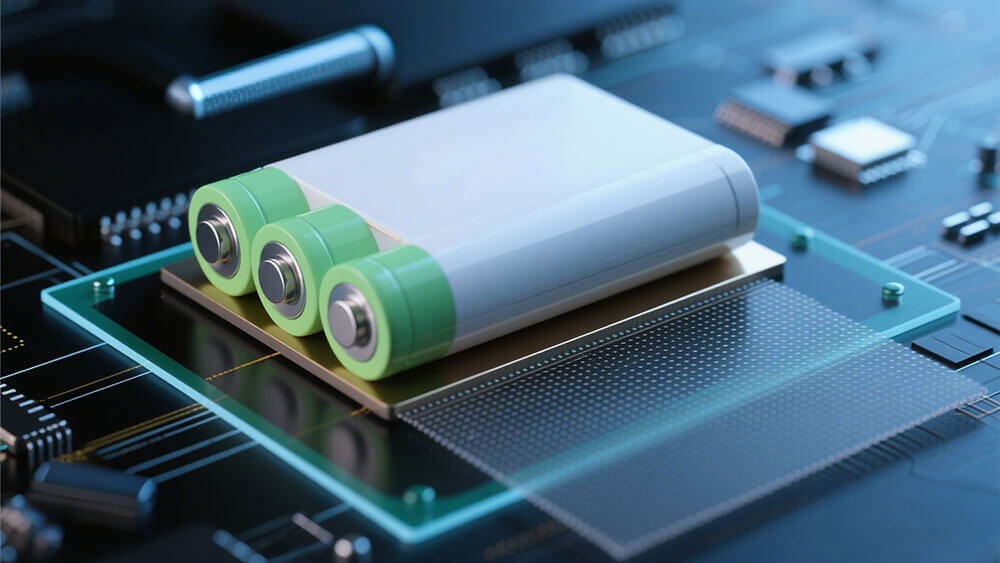
Part 2: Core Layers of SRL in lithium batteries
2.1 Material and Structural Layer
Objective: Build intrinsic safety into battery components.
Thermally Stable Materials:
Solid-state electrolytes replace flammable liquid electrolytes, reducing fire risks.
Ceramic-coated separators block lithium dendrite penetration, preventing internal shorts.
Mechanical Protection:
Puncture-resistant casings (e.g., aluminum composites) withstand collisions.
Pressure relief valves vent gases during thermal runaway to avoid explosions.
Advanced Thermal Management:
Hybrid cooling systems (e.g., liquid cooling + phase-change materials) dissipate heat efficiently.
Example: CATL’s Qilin Battery uses multi-directional heat dissipation channels to delay thermal runaway propagation.
2.2 Real-Time Monitoring and Control Layer
Objective: Detect anomalies early and enable proactive interventions.
Multi-Sensor Fusion:
Track voltage, temperature, current, and internal resistance in real time.
Deploy distributed temperature sensors (DTS) to pinpoint localized hot spots.
AI-Driven Predictive Analytics:
Machine learning models predict lithium plating or SEI layer degradation, enabling adaptive charging.
Adjust charging rates dynamically (e.g., slow charging in low temperatures).
Battery Management System (BMS):
Enforce multi-stage safety protocols (e.g., throttling power during overheating).
Example: Tesla’s BMS uses AI to predict thermal runaway risks with over 90% accuracy.
2.3 Fault Isolation and Suppression Layer
Objective: Contain failures and prevent cascading damage.
Active Fault Suppression:
Trigger emergency cooling (e.g., liquid nitrogen injection) to halt thermal runaway.
Pyrotechnic disconnectors physically isolate faulty cells from the circuit.
Modular Architecture:
Design batteries as independently isolatable modules (e.g., BYD’s Blade Battery).
Self-healing materials repair micro-cracks in electrodes or separators.
Example: GM’s Ultium platform uses modular isolation to limit damage to individual cells.
Tip: Incorporating SRLs into your lithium battery designs can significantly enhance their safety features while preserving their performance metrics.
2.4 Software and Cybersecurity Layer
Objective: Protect against digital threats and logic errors.
Secure Communication:
Encrypt BMS data (e.g., AES-256) to prevent hacking or spoofing.
Use hardware security modules (HSMs) to safeguard encryption keys.
Formal Verification:
Mathematically validate BMS firmware to eliminate code errors.
Redundant controllers cross-check critical commands (e.g., charge termination).
Example: Automotive-grade BMS compliant with ISO 26262 (ASIL-D) safety standards.
2.5 Lifecycle Management Layer
Objective: Ensure safety from production to recycling.
AI-Powered Manufacturing:
Machine vision inspects electrode coatings for defects.
X-ray tomography detects internal micro-shorts.
Aging and Health Prediction:
Digital twins simulate aging effects and predict end-of-life risks.
Optimize charging based on real-time State of Health (SOH) data.
Safe Recycling:
Automated disassembly lines with insulated tools prevent fires during recycling.
Blockchain tracks batteries to ensure ethical and safe disposal.
Example: Redwood Materials uses robotics and AI to recycle batteries with minimal safety hazards.
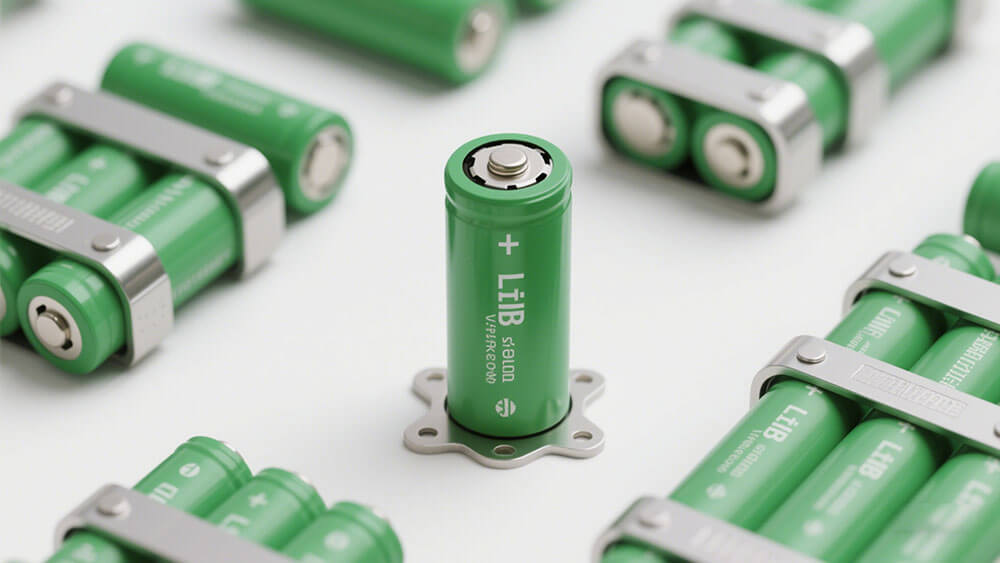
Part 3: Real-World Applications and Effectiveness of SRLs
3.1 Testing and Validation of SRLs in Battery Systems
Testing and validation play a crucial role in demonstrating the effectiveness of Safety Reinforced Layers in lithium battery systems. You can rely on advanced methodologies like Probability of Failure on Demand (PFD) and Event Tree Analysis to assess the performance of SRLs under various conditions. These techniques evaluate how well SRLs mitigate risks such as thermal runaway and internal short circuits.
Evidence Type | Description |
|---|---|
Probability of Failure on Demand (PFD) | Measures the likelihood of SRLs activating successfully during critical events. |
Event Tree Analysis | Analyzes potential hazards and the ability of SRLs to prevent catastrophic outcomes. |
Conditional Probability | Quantifies the cumulative safety impact of SRLs in multi-layered protection systems. |
For instance, during nail penetration tests, SRL-equipped batteries demonstrated superior safety performance. While standard batteries failed completely, those with SRLs recovered voltage after a temporary drop, showcasing their ability to interrupt current flow and prevent further damage. This validation highlights the reliability of SRLs in ensuring safer battery operations across diverse applications.
3.2 Industry Adoption of Safety Reinforcement Layers
Industries requiring high-performance and safe energy solutions have increasingly adopted SRLs in their lithium battery designs. You will find SRLs particularly valuable in sectors like medical devices, robotics, and instrumentation devices, where safety and reliability are non-negotiable. These layers enhance the thermal stability of batteries, making them suitable for environments with stringent safety standards.
The scalability of SRL production further supports their widespread adoption. Manufacturers can produce up to 5 kilometers of SRL material daily using roll-to-roll coating systems. This capability ensures that SRLs remain cost-effective and accessible for large-scale battery production. By integrating SRLs, industries can achieve a balance between safety and performance, enabling the development of advanced energy storage solutions tailored to their specific needs.
Tip: Incorporating SRLs into your battery systems can significantly enhance safety while maintaining high energy density, such as 160–270Wh/Kg for NMC Lithium batteries or 180–230Wh/Kg for LCO Lithium batteries.
Safety Reinforced Layers provide a transformative approach to improving battery safety. They effectively prevent thermal runaway, ensuring reliable performance in lithium-ion batteries. By integrating SRLs, you can achieve safer energy storage solutions tailored to industries like medical devices and robotics. This innovation ensures both safety and efficiency in critical applications.
FAQ
1. How do Safety Reinforced Layers (SRLs) improve lithium battery safety?
SRLs act as thermal barriers, interrupting current flow during overheating. This prevents thermal runaway and reduces risks of fires or explosions in lithium-ion batteries.
2. Are SRLs compatible with all lithium battery chemistries?
Yes, SRLs integrate seamlessly with NMC, LCO, and LiFePO4 Lithium batteries, preserving energy density while enhancing safety across diverse applications like medical devices and robotics.
Tip: For professional guidance on lithium battery chemistries, visit Large Power.
3. Can SRLs affect the performance of lithium batteries?
No, SRLs maintain high conductivity and energy density. They add minimal weight, ensuring reliable performance without compromising the battery's efficiency or capacity.
Leave Message
Hottest Categories
-
Hottest Industry News
-
Latest Industry News




